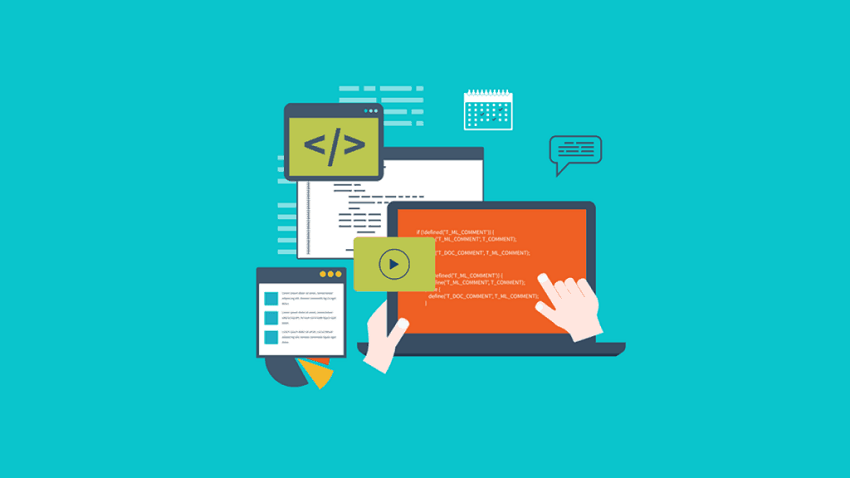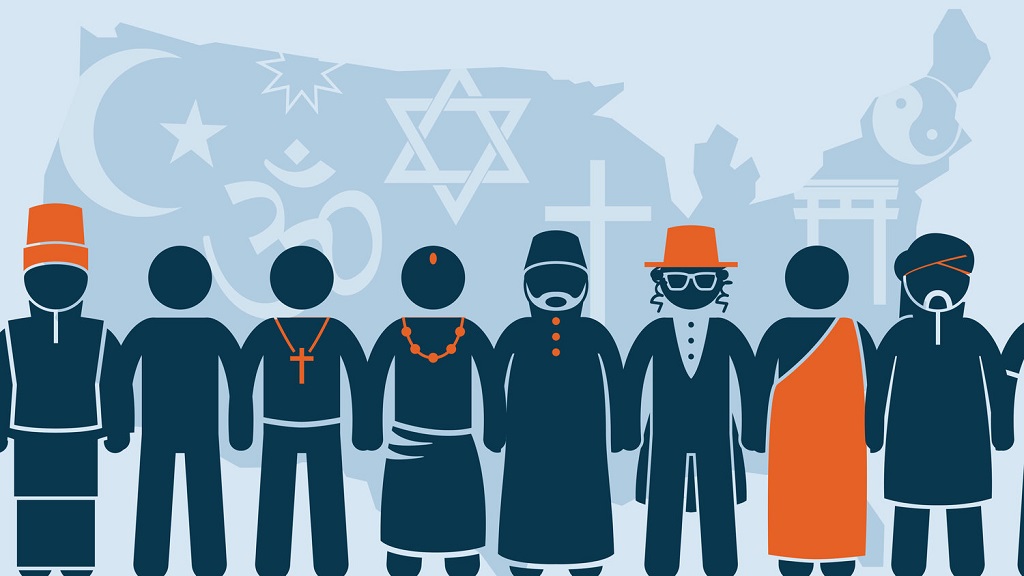
Intuition vs. the evidence
Intuition is always key when making decisions, especially in contexts with low quality or complex information, but if we add evidence to it, with new technologies and successful management models, the results will be superior.
“Imagination to power“, a phrase written on the walls during the French May 1968, was based on the surrealist ideal.
Imagination allowed them to know what could become. That time represented a before and after in the assessments linked to history. The phenomenon credited the hypothesis that the student movement was not a generational conflict but that it had political ingredients that symbolized the dispute with capitalism.
The truth of the imagination was presented as a demand for political action and as a break with oppression, by rebelling against the principles of the system. The change generated by the aesthetic dimension and imagination would cause a different and effective revolution. Let’s be realistic, demand the impossible. The students wanted to bring the imagination to power. But poetry had no method and played against what perhaps could have been possible.
Types of imagination
Imagine a cloud in the shape of a dragon, a giant sparrow with the face of Trump, there is no heaven or hell, a mosquito-sized hippopotamus, a snake that eats the lion. The imagined may or may not exist (reproductive or creative imagination).
Imagining is something that is learned, it is a human form of mental activity. Symbolic thinking, the invention of combinations, had its development with the invention of the alphabet.
Imagination caused the first humans to generate inventions that required seeing far beyond the present: they imagined a world that did not yet exist. It was an evolutionary advantage. They were able to guess what was going through the minds of others (theory of mind and basis of empathy) necessary to maintain group cohesion. Tell stories by the light of the fire, to give yourself heat, surprise, terror, etc. Imagination created one of his greatest legacies: culture.
The current type of imagination allows us to create worlds with different rules and to believe in utopias. How long was imagination in power? Could we explore chance? Do we decree happiness? If today we still remember May 68, it is because something left us, it changed the way we look and think. We remain realistic, we ask the impossible. The brain does it every day.
Get into dreams
After minutes of sleeping, the brain enters a kind of limbo between being awake and asleep. During the first phase of sleep, which lasts about 5 minutes, the mind relaxes, lets less logical and structured thoughts flow, becomes malleable and less inhibited. This manifests itself in dreams over which some control can be exercised.
Dormio is software that detects when you are about to sleep and takes advantage of it to enter. When it detects the dream phase, it activates stimuli with keywords, which guide the dream. When he is entering deep sleep, it wakes him up to tell him what he dreamed.
Dormio has open-source, anyone with programming knowledge, with the manuals, can install it at home. The project includes stimulating creativity in the first phase of sleep, exploring the following phases, and seeing how it can be useful to improve other cognitive aspects such as memory and learning.
The cognitive activity was detected in a vegetative state. The patient was able to imagine walking around his house, while his brain activity was recorded with a resonance. When the person imagines, the brain produces a characteristic pattern that can be measured.
Imagining hitting a ball produces a great activation in the supplementary motor area, related to movement and preparation for action. Imagining yourself walking through the house activates regions associated with orientation in space.
When the brain in a vegetative state produces this activation, it is an indicator of consciousness. Using his imagination he was able to convey that he knew who he was, where he was, and what year it was.
The ability to learn was also preserved. For example, he knew the name of the person taking care of him, whom he had not met before the accident. He was also able to express preferences and confirm that he was not in pain. These tests open the possibility of penetrating people in a vegetative state. Likewise, they contribute to expanding knowledge about the clinical picture, the prognosis of the treatment, and the recovery time.
The anchoring effect
Many believe that only human beings can make correct decisions. The anchoring effect contaminates opinion through peripheral or irrelevant information.
One mental contamination experiment was carried out by psychologists Amos Tversky and Daniel Kahneman, who spun a roulette wheel marked with the numbers 1 to 100 and then asked the study subjects a question that had nothing to do with the result of the roulette rotation: What percentage of African countries belong to the UN? They all gave an approximate solution. The funny thing is that their responses were tainted by the number that had stopped at the roulette wheel. If it came out 10, the typical response was 25%.
If 65 was rolled, the typical response was 45%. This effect occurs frequently in our daily lives.
Intuition versus evidence
Intuition is always key when making decisions, especially in contexts with low quality or complex information, but if we add evidence to it, with new technologies and successful management models, the results will be superior.
Analytically competitive people start with the facts, continue with the analysis, and end with the evaluation. Technology facilitates the increase of information. A large amount is repetitive, erroneous, or banal, but it is information and increases by 60% each year.
Socializing generates more information, and faster
There is so much unstructured data that it requires training in sophisticated analytical tools to understand the information.
This is called big data, but the vast majority do not recognize its bias and brain flaws when dealing with objective, quantifiable and statistical data. This does not mean that judgment and intuition are not important, or that studies cannot contain errors. It only indicates that you have to be prepared to use analysis to objectively form your own judgments.
The natural tendency is to make a decision and then look for evidence to support it. The negative consequence of allowing this faulty decision-making process to flow is that you could probably find some facts that would support any decision.
The quantity of data demands a new discipline of evidence-based management. To be competitive, management must start with facts, analysis, and then evaluation.
With a very low budget, Beane built a baseball team made up of players nobody wanted and, against all odds, Oakland Athletics became the first to win more than 20 games in a row. The story inspired the movie Moneyball, in which Brad Pitt plays the manager who has changed his recruiting parameters.
Build on the evidence
It is about collecting the data they find, carrying out the pertinent analysis, and choosing the path they dictate, without privileging personal evaluations that go against it and applying quantitative information to key decisions.
The results of competing with both ways of working are revealing, but intuition continues to be played and executives are going in the wrong direction again and again.
Another serious problem is that they do not know how to interpret the data. You need quality information and for that, you must ask the right questions and have the appropriate technology.
Google’s artificial intelligence system beat the world champion of the popular board game Go, in five games the machine won four. His opponent, the Korean Lee Sedol, claimed that the machine performed unusual movements that no player would have made.
Artificial intelligence does not think better than humans: it thinks differently. It has another way of generating knowledge. The machines seem to have excellent judgment. Reducing decision-making to intuition without evaluating the information collected or not listening to common sense to blindly obey what the data says does not solve the problem either.
They are not opposing concepts, but complementary
What it is about is that human intervention allows the data to speak. Big data and analytics are necessary but not sufficient conditions to optimize decision-making. The intuition of the one who knows and that of the visionary who conceptualizes future bets are also essential.
Without information, we have a person with your opinion. It is best to ask the data and assess whether the answer is reasonable. Not trusting 100% on data or intuition. The growth of the data flow makes it difficult to interpret it without a team dedicated to analyzing it.
Digital illiteracy
The problem is not so much technological as it is cultural: it is not counting on the people on whom this responsibility falls to be prepared to do so.
Literacy is made up of the ability to read, work, analyze, and argue with data. Reading implies understanding what they are and what they represent; work consists of creating, acquiring, and managing them; analyzing means filtering, classifying, and comparing them; and arguing means using them to support a larger narrative to communicate a message.
80% of prisoners in the US are illiterate. There is a direct relationship between success and literacy. Education must train in intellectual skills and technology.
Another fundamental problem that affects the quality of the data is its abundance. 15 years ago, finding the right information was like discovering an oasis in the desert. Currently, you have to look for fresh water in the middle of the ocean.
A key factor to properly analyze is the democratization of data, which information scientists, business experts, developers, and engineers work on them in an agile, open and simple way. Part of the problem is the great dispersion of the data.
The myth of the Excel spreadsheet
Excel has become, by default, the self-service tool par excellence, and this is a problem to guarantee the quality of the data. In Excel, everyone modifies the information as it suits him and draws different conclusions from the same document. This problem is called data pollution and it is the daily life of medium and large companies around the world. But excess data does not have to be a problem if it is well worked, it is never too much when it is well managed.
Companies must transform the way they work with data to provide relevant solutions and, for this, understand what information they need to answer each question. There are other reasons why the analysis systems are not left to make the decisions. Sometimes, the system does not know certain relevant sources of information when making a decision. There is also mistrust in the system: it was built by people and can be buggy.
A brain is a belief machine
According to surveys, 60% believe in demons, 42% in ghosts, 32% in UFOs, 26% in astrology, 23% in witches, and 20% in reincarnation. In another from Reader’s Digest, 43% believed that they can read minds, 50% have had a premonition of something that happened, plus 66% say they can feel when someone looks at them, and 62%, that they could know who called before answering the phone.
Using data, the brain finds patterns, fills them with content, attributes meaning, and intention to them. The brain connects them with patterns of meanings that explain why things happen and transforms them into beliefs that interpret reality. They are mental models.
The innate tendency is to see patterns even where there are none. Nature has no intentions, neither moral nor purpose: we are the ones who see them everywhere. A special role is attributed to “mirror neurons”, which are activated both when one individual acts and when the same action is performed by another.
Religion moves by faith and science by evidence, religion offers certainties; science, doubts; religion proposes supernatural explanations; science is content with how fantastic nature is. The desirable thing is to exercise rational thought and not pseudoscience. The brain’s challenge is to understand itself.
Believe or not believe
The verbs create and believe are conjugated the same in the first person: “I believe.” According to the Bible, God created man in his image and likeness and endowed him with his creative power. The creative when innovative is the best imitator of God on earth.
When Gillette wanted to create a product for all men and quit his job, he decided to use his powers of observation. He was astonished to see many men with their faces cut off. And his idea for the razor came up. An idea that became matter.
Everything we do is based on beliefs, the important thing is to judge them by what they produce. A closed ideology can be sheltered by both a religious and a scientist. They can sweep like trash, under the rug, whatever the other brings. Science itself changed over time and its ideas arise from beliefs, different from the credulous but beliefs nonetheless. Einstein himself was horrified that his science was used to build the atomic bomb. Neither science nor religion solved the drama of poverty or perfected the education that is what makes the citizens of the future. Let’s make this world a better place to live.
There are no facts, there are interpretations
A good theory is created in contact with the facts, anticipates others that are not known or did not occur, detects causes, and predicts effects. The theory is articulated with practice. Ignorance or disregard for natural laws, action without feedback, generates catastrophes. The result can be that hell that is full of good intentions. For Keynes, models must adapt to reality and not reality to the model. A theory without relation to practice is as bad as a practice without theory. Good theories result from experimentation and observation. There is nothing more practical than a good theory. It is supported by an intuition affirmed by the evidence of the facts.





